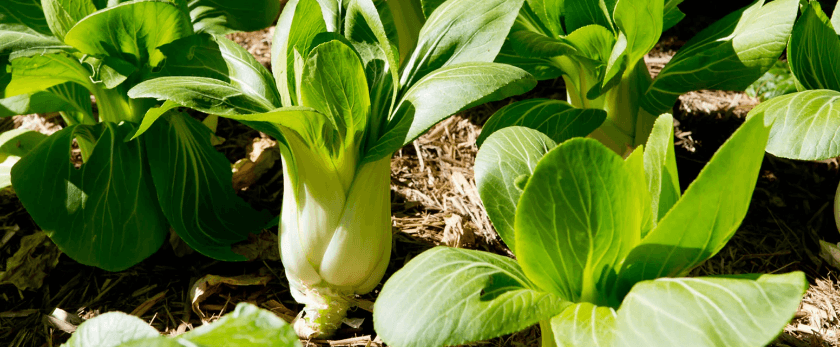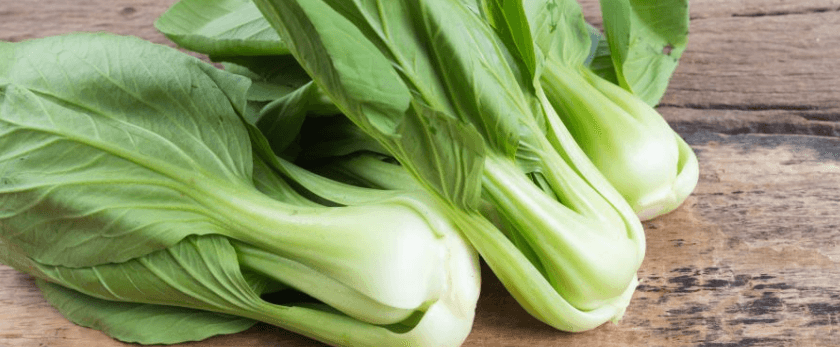Pak choi, also known as bok choy or Chinese cabbage, is a leafy green vegetable that is packed with nutrients and has a delicious, mild flavor. It is a popular ingredient in Asian cuisine and is becoming increasingly popular in Western dishes as well. Not only is pak choi tasty, but it is also easy to grow and can be grown in a variety of settings, making it a great addition to any garden or indoor space. In this article, we will discuss how to grow pak choi, including caring for it, the best time to grow it, and common problems that may arise.
Caring for Pak Choi
Watering
Pak choi requires consistent moisture to thrive, but it is important not to overwater it. The soil should be kept consistently moist, but not waterlogged. This can be achieved by watering deeply once or twice a week, depending on the weather and soil conditions. It is best to water in the morning to allow the leaves to dry off during the day, which can help prevent diseases.
Light
Pak choi prefers full sun, but it can also grow in partial shade. If you are growing it indoors, make sure it receives at least 6 hours of sunlight per day. If you are growing it outdoors, make sure to choose a spot that receives full sun for most of the day.
Soil
Pak choi grows best in well-draining, fertile soil. It is important to prepare the soil before planting by adding compost or well-rotted manure to provide nutrients for the plants. The soil should also have a pH level between 6.0 and 7.5. If the soil is too acidic, add lime to raise the pH level.
Fertilizer
Pak choi is a heavy feeder and requires regular fertilization to grow well. You can use a balanced fertilizer, such as a 10-10-10, every two weeks. Alternatively, you can use organic fertilizers, such as compost or fish emulsion, which will provide nutrients to the plants without the risk of over-fertilization.
Pruning
Pak choi does not require much pruning, but it is important to remove any damaged or yellowing leaves to prevent diseases from spreading. You can also harvest outer leaves as needed, which will encourage new growth and prolong the harvest period.

Best Time to Grow Pak Choi
Pak choi is a cool-season crop and can be grown in both spring and fall. It is best to avoid planting it in the summer when temperatures are high, as this can cause the plants to bolt and become bitter. In cooler climates, pak choi can also be grown in the winter with the help of a cold frame or row cover.
Common Problems with Pak Choi
Pests
Pak choi is susceptible to a few common pests, including aphids, flea beetles, and cabbage worms. These pests can be controlled by handpicking them off the plants or by using organic insecticides. It is important to monitor your plants regularly and take action at the first sign of an infestation.
Diseases
Pak choi can also be affected by diseases such as clubroot, downy mildew, and black rot. To prevent these diseases, make sure to rotate your crops and avoid planting pak choi in the same spot every year. It is also important to keep the plants well-spaced to allow for good air circulation and to water in the morning to prevent the leaves from staying wet for too long.
Bolting
Bolting is when the plant produces a flower stalk prematurely, which can cause the leaves to become bitter and tough. This is often caused by high temperatures or inconsistent watering. To prevent bolting, make sure to plant pak choi in the appropriate season and to keep the soil consistently moist.
Conclusion
Pak choi is a versatile and nutritious vegetable that is easy to grow and can be enjoyed in a variety of dishes. By following these tips on caring for pak choi, choosing the best time to grow it, and addressing common problems, you can successfully grow this delicious vegetable in your own garden or indoor space. Remember to always use responsible disposal methods for any plant waste, such as composting, to help create a more sustainable future for our planet. Happy growing!










